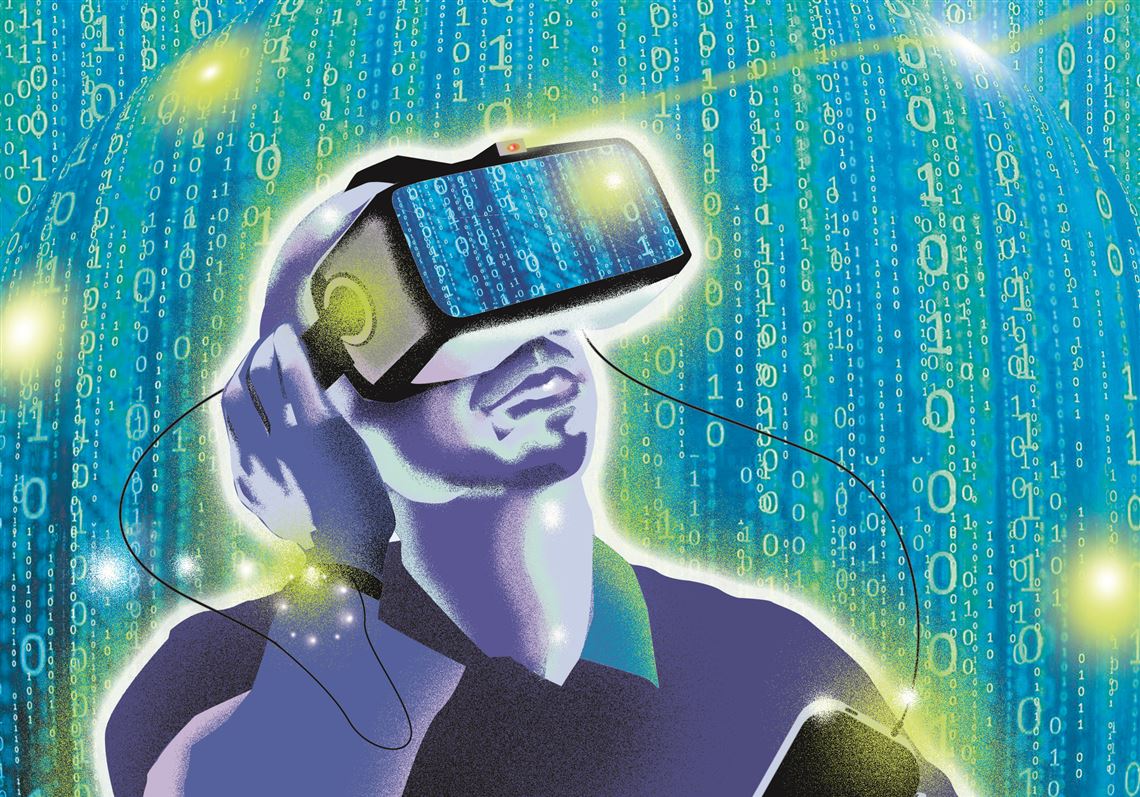People may think technology shaping a new generation of art is unique to the 21st century, but it’s not. The Mona Lisa wouldn’t have been painted if the canvas hadn’t been invented in 1410. Impressionism wouldn’t have happened if paint tubes and more portable painting equipment hadn’t been invented in 1841. The 21st century is unique because, thanks to social media and the breakneck pace at which technology is innovating, experts are observing a more drastic and rapid shift in the overall landscape.
New and innovative mediums
For years, developments in technology have given artists new ways to express themselves. From the invention of techniques like 3D printing and the increasing sophistication of digital art software, technology continuously expands the boundaries of an artist’s creativity.
Art is no longer confined to static sculptures and paintings on canvases and pedestals. As technology gave artists more tools to express their vision, it created new art forms like installation art, which gave patrons a more immersive experience. An example of this is TeamLab Borderless, which utilises mirrors and colour-changing hanging lamps to create a psychedelic and seemingly endless space. You also have artists like Evan Roth, who uses internet browsers, LED screens, a projector ceiling mount, robotics, and artificial intelligence (AI) to create art that’s never been seen before.
The impact on museums
Before, there was an air of elitism surrounding art. Museums fostered the mindset that only art featured within their walls counted as “real art”, and only those who could afford the entrance fees could enjoy these great works. Nowadays, social media and art-specific platforms are making art more accessible and challenging the traditional notion of “real art”. Art is no longer seen as something exclusively the rich could enjoy. Given this cognitive shift, museums are now struggling to reel in the patronage they used to enjoy.
Additionally, social media has shifted art patrons’ aesthetic and behaviour. Museum visits used to be a more exclusive and personal experience, especially since most museums ban photography. However, with the rise of phone cameras and social media, patrons are hard-wired to share their experiences with their family, friends, and even the world. Traditional museums are being abandoned in favour of pop-up art exhibits that encourage visitors to interact with and take photos of the displays.
To cope with this unprecedented competition, more museums are embracing social media and using it to reach out to patrons and entice them with interactive exhibits. Some museums are also digitising their exhibits and using 3D photography and augmented reality so that even those who can’t physically visit the museum can enjoy their selection.
Art is constantly shaped by change, and whether we are aware of it or not, our own experiences and the world around us shape how we make and consume art. With how fast people can exchange ideas and the increased avenues at which artists can share their work, it’s interesting to observe how art of the 21st century continues to evolve in response to these changes.
The post How Technology is Shaping Art appeared first on .



